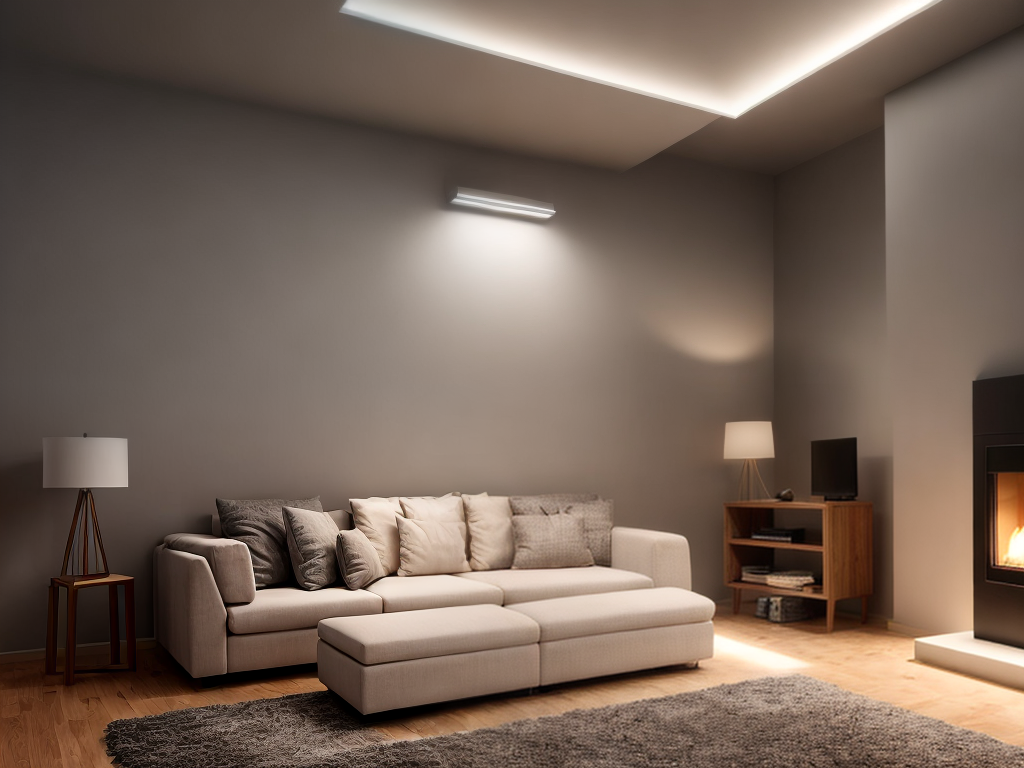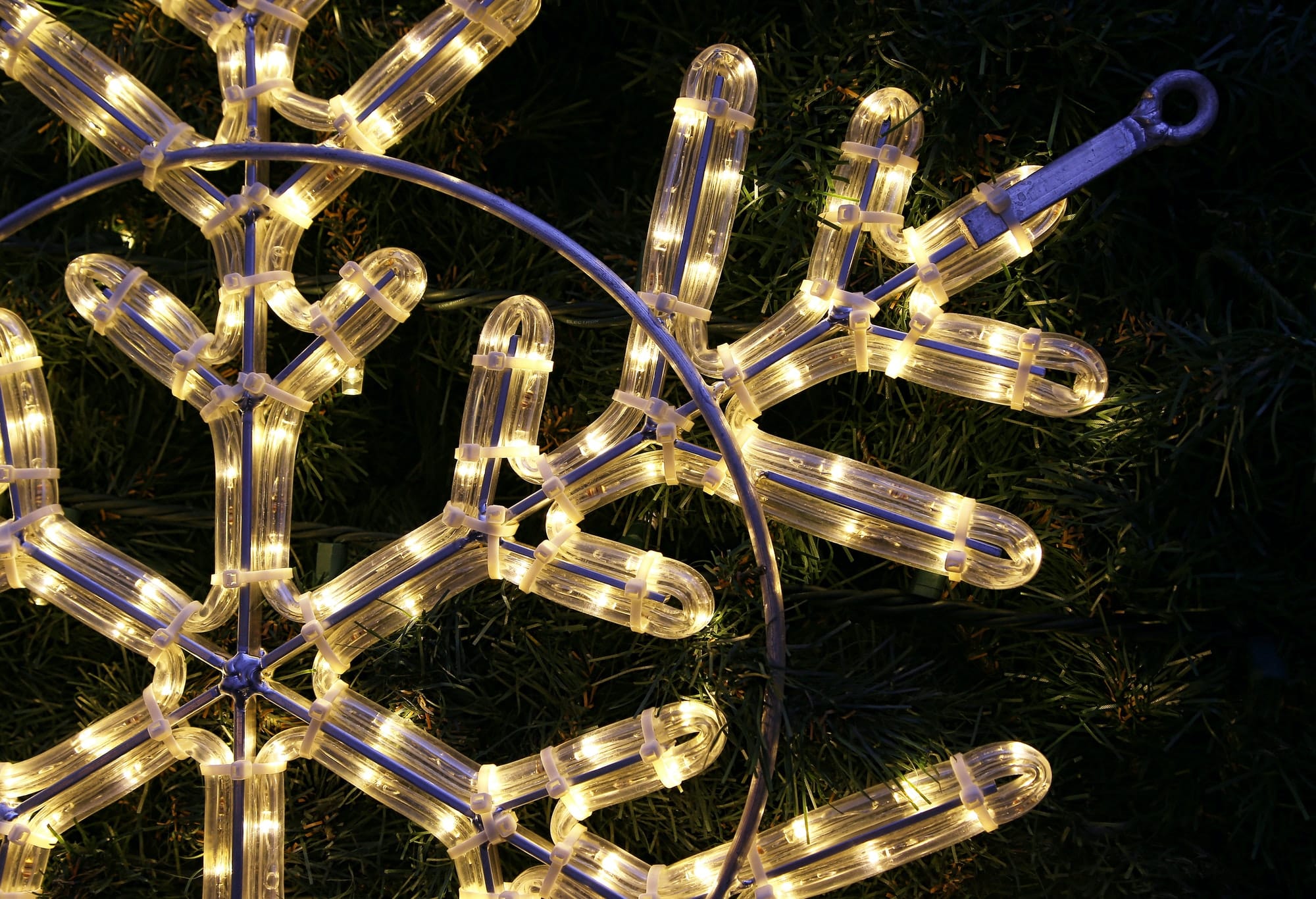As an environmentally conscious individual, I have always been on the lookout for ways to reduce my carbon footprint. One example of a solution that has caught my attention is the use of LED lighting. LED lights have proven to be a game-changer in terms of energy efficiency and sustainability. By switching to LED lights, not only can we significantly decrease our energy consumption, but we can also contribute to a greener future. LED lights have a longer lifespan compared to traditional lighting options, which means fewer replacements and less waste. Additionally, LED lights do not contain harmful substances like mercury, making them a safer choice for both the environment and our health. Let’s explore how implementing LED lighting solutions can help us make a real impact in reducing our carbon footprint.
Key Takeaways
- LED lights are highly energy-efficient, consuming up to 80% less electricity than traditional bulbs.
- LED lighting reduces carbon emissions and contributes to sustainable lighting practices, helping combat climate change.
- LED lights have a longer lifespan, reducing the need for frequent replacements and lowering waste production.
- Transitioning to LED lighting significantly reduces carbon footprint and supports a greener planet.
Understanding LED Lighting
How can LED lighting help me reduce my carbon footprint? LED lighting offers several advantages that make it an effective tool in reducing carbon emissions. Firstly, LED lights are highly energy-efficient, consuming up to 80% less electricity than traditional incandescent bulbs. This reduction in energy usage directly translates to a significant decrease in carbon dioxide emissions. Additionally, LED lights have a longer lifespan compared to traditional bulbs, reducing the need for frequent replacements and lowering waste production. LED lighting is also cost-effective in the long run, as the energy savings and reduced maintenance costs outweigh the initial investment. By switching to LED lighting, not only can I reduce my carbon footprint, but I can also save money and contribute to a more sustainable future.
Energy Efficiency of LED Lights
LED lights are up to 80% more energy-efficient than traditional incandescent bulbs. This remarkable energy efficiency is one of the key reasons why LED lighting is gaining popularity. Not only does it reduce energy consumption, but it also offers cost effectiveness in the long run. LED lights have a longer lifespan, meaning fewer replacements and lower maintenance costs. Additionally, LED lights do not emit heat like incandescent bulbs, reducing the strain on cooling systems and further saving energy. Furthermore, LED lights have a positive impact on health. They do not flicker like traditional bulbs, preventing eye strain and headaches. LED lights also do not contain harmful substances like mercury, making them a safer choice for both humans and the environment. Overall, the energy efficiency of LED lights makes them an excellent option for those looking to reduce their carbon footprint and achieve sustainable lighting solutions.
Longevity and Durability of LEDs
Since LED lights have a longer lifespan and higher durability than traditional incandescent bulbs, they offer a sustainable lighting solution that reduces carbon footprint. LED lifespan refers to the length of time an LED light can operate without failing. On average, LED lights can last up to 50,000 hours or more, while incandescent bulbs typically last around 1,000 hours. This extended lifespan directly impacts electricity consumption. By using LEDs, less energy is required for replacements, resulting in reduced electricity usage and lower carbon emissions. Furthermore, LEDs are highly durable and resistant to shock, vibration, and extreme temperatures, making them suitable for various environments and reducing waste from frequent replacements. The longevity and durability of LEDs contribute significantly to their eco-friendly nature and make them a sustainable choice for lighting needs.
Environmental Benefits of LED Lighting
With their extended lifespan and durability, LED lights offer numerous environmental benefits. One of the most significant advantages is their contribution to sustainable lighting practices and their positive impact on climate change. LED lighting is highly energy-efficient, consuming less electricity compared to traditional lighting options such as incandescent or fluorescent bulbs. This reduced energy consumption translates into lower carbon emissions, as the electricity needed to power LED lights is generated through various sources, including fossil fuels. By choosing LED lighting, individuals, businesses, and organizations can significantly reduce their carbon footprint and help combat climate change. Additionally, LED lights do not contain harmful substances like mercury, making them safer for the environment and easier to dispose of responsibly. LED lighting is a crucial component of a sustainable future and plays a vital role in promoting environmental stewardship.
Implementing LED Lighting Solutions
To effectively incorporate LED lighting solutions, I need to evaluate the current lighting system and identify areas where energy-efficient upgrades can be made. This evaluation is crucial for a cost-effective implementation of LED lighting. By assessing the existing lighting system, I can determine which areas would benefit the most from LED technology, considering factors such as energy consumption, maintenance costs, and the impact on indoor lighting quality. LED lighting solutions not only reduce carbon footprint but also provide better lighting quality, resulting in a more comfortable and productive environment. Therefore, it is important to carefully analyze the current lighting system and strategically implement LED lighting solutions to maximize energy savings while maintaining the desired level of indoor lighting quality. This approach ensures a successful transition to LED lighting, benefiting both the environment and the occupants of the space.




